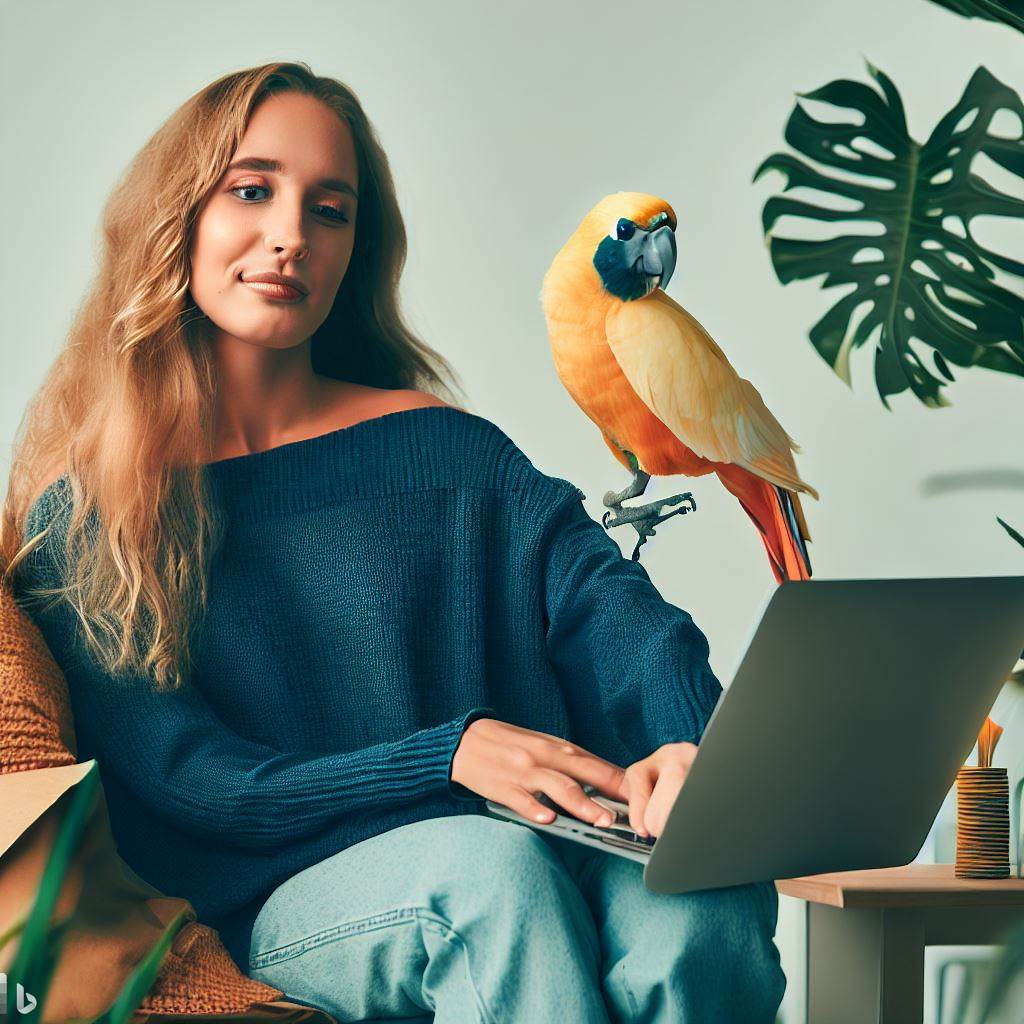Phobic birds are a real heartbreak. It is bad enough when you get one from another source but completely devastating when it is a baby that you handraised. Most young phobic birds……….Kodiak showed signs shortly after he was pulled from the nest……start fearing the main caregiver first and most.In working with phobic birds and their owners the hardest part is freeing the owner of the guilt that they caused the bird to be phobic. I believe true phobic birds will be phobic no matter what the person does. There are things to cut back on the severity of the attacks but they are more or less programmed. There is always something that triggers the bird into showing the signs of phobia.
One must remember that true phobia is not the result of being slugged, or abused There is a good reason why this bird is afraid of hands, humans, water, etc. Phobia is unrational fear.
The first phobic bird I saw was a Grey. The owner had gone on vacation and when she came back, the bird was frightened of all people, especially hands. My friends and I guessed the bird had to be abused or why would a wonderful, friendly bird suddenly turn to be a fearful mess? The bird sitter had a great reputation as a compassionate and caring person. I felt that somehow she had scared the bird, not on purpose, but did something that scared the bird.
Only later when I would have two phobic birds would I begin to understand phobia in birds. Phobia ranges from mild to so severe that the bird cannot cope with living at all. Blue Front Amazon Kodiak would fall into the later group.
At his worse he had pulled all tail and flight feathers (almost like a death wish) and was so afraid that if a person would walk into the room, he would push his face so hard against the bars of his cage that his face would bleed. If on a T-stand he would glide down to the floor and run until he hit a wall and continued running in place. He would scream and flop by the wall breaking blood feathers. There would be blood on the walls, blood on the floor and blood all over me. He was constantly breaking blood feathers so he was constantly getting new ones that would be broken in these episodes. It was nothing for him to break 5 to 6 blood feathers at a time.
Kodiak was so severe that he could not take the ringing of a telephone in a room at the other end of the house and a floor above him. He could not tolerate the light coming in from the window. Seeing a left arm or hand would terrorize him. He would tolerate the right hand with trembling. He would come out of a phobia attack only to enter back into one again a few minutes later. I was seriously thinking of having him put down. It would take four years to get Kodiak back to being a normal bird again. Of course, now he is back into performing for the last three years and in that time had one attack that lasted less than two seconds.
Kodiak’s father was also phobic. At the time I got him, I thought he had to have been severely abused. Now I don’t believe he was. When I first got him I entered the room with a book to read. I would sit down about 10 feet away from him and read. He would watch me. If I glanced from my book to look at him, he would begin to shake violently. If I walked up to the cage, he would shake so violently that he would sometimes fall from his perch. Trying to clean his cage and feed him were nightmares for him. After sitting in the same room with him for hours, I finally got him to the point where feeding and cleaning his cage were no longer trauma time.
There is a fine line between abused and phobic birds. Both need a lot of understanding and being reconditioned to their environment and people. It takes time. Lots and lots of time. These birds should never be rushed into accepting things they are not ready to accept. Birds with these problems can be turned around.
If I had to use only a couple of words for training and handling phobic birds it would be SLOW DOWN and BE PATIENT.

